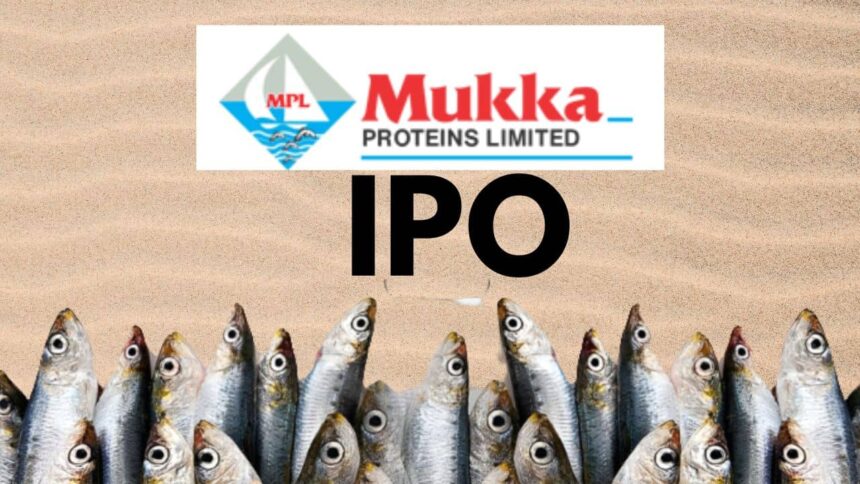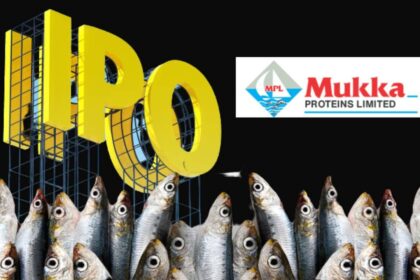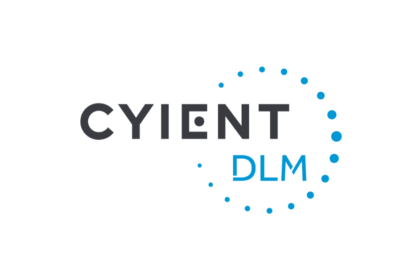About Mukka Proteins ipo
Mukka Proteins ipo – Mukka Proteins Limited is a leading fish protein manufacturer based in India. The company specializes in producing fish meal, fish oil, and fish soluble paste, which are crucial ingredients for aqua feed, poultry feed, and pet food. With a strong export presence in over ten countries, including Bahrain, Indonesia, and China, Mukka Proteins has established itself as a reliable player in the industry.
| ipo Date | Min. Investment | Lot Size | Price Range | Issue Size | IPO Doc |
|---|---|---|---|---|---|
| 29 Feb-4 Mar 2024 | ₹13,910 | 535 | ₹26 – ₹28 | 224.00Cr | View |
Mukka Proteins IPO timeline:
| Mukka Proteins IPO | Date |
|---|---|
| IPO Offer Start | 29 Feb 2024 |
| IPO Offer Ends | 4 March 2024 |
| Allotment Finalisation | 5 March 2024 |
| Refund Initialisation | 6 March 2024 |
| Share Transfer to Demat | 6 March 2024 |
| Date of Listing | 7 March 2024 |
| Lot Size | 535 |
Financial Performance Overview
The financial performance overview reveals a steady growth trend over the years, with revenue increasing from Rs. 604 Cr in 2021 to Rs. 1,171 Cr in 2023, accompanied by a rise in total assets and profit (PAT) from Rs. 354 Cr and Rs. 11.01 Cr in 2021 to Rs. 575 Cr and Rs. 47.53 Cr respectively in 2023.
| Year | Revenue | Total Assets | Profit (PAT) |
|---|---|---|---|
| 2021 | 604 | 354 | 11.01 |
| 2022 | 771 | 392 | 25.82 |
| 2023 | 1,171 | 575 | 47.53 |
Strengths and Risks of Mukka Proteins IPO
Strengths:
- Consistent revenue growth at a CAGR of 39.62% over the past three fiscal years.
- Strategic positioning with manufacturing, blending, and storage facilities along the western coastline of India, as well as facilities in Oman.
- Diversified customer base with ongoing long-term relationships and significant revenue contribution.
- Successful export operations to 10 countries.
- Strong operational presence with multiple manufacturing and blending facilities.
Risks:
- Involvement in legal proceedings with potential adverse impacts on business and financial condition.
- Contingent liabilities posing risks to financial stability.
- Persistent negative cash flows from operating activities.
- Revenue dependence on a limited number of major customers.
- Reliance on a few key suppliers for operations.
- Dependency on third-party transportation and export services, susceptible to disruptions.
- Exposure to unsecured loans, subject to repayment demands affecting cash flow.







